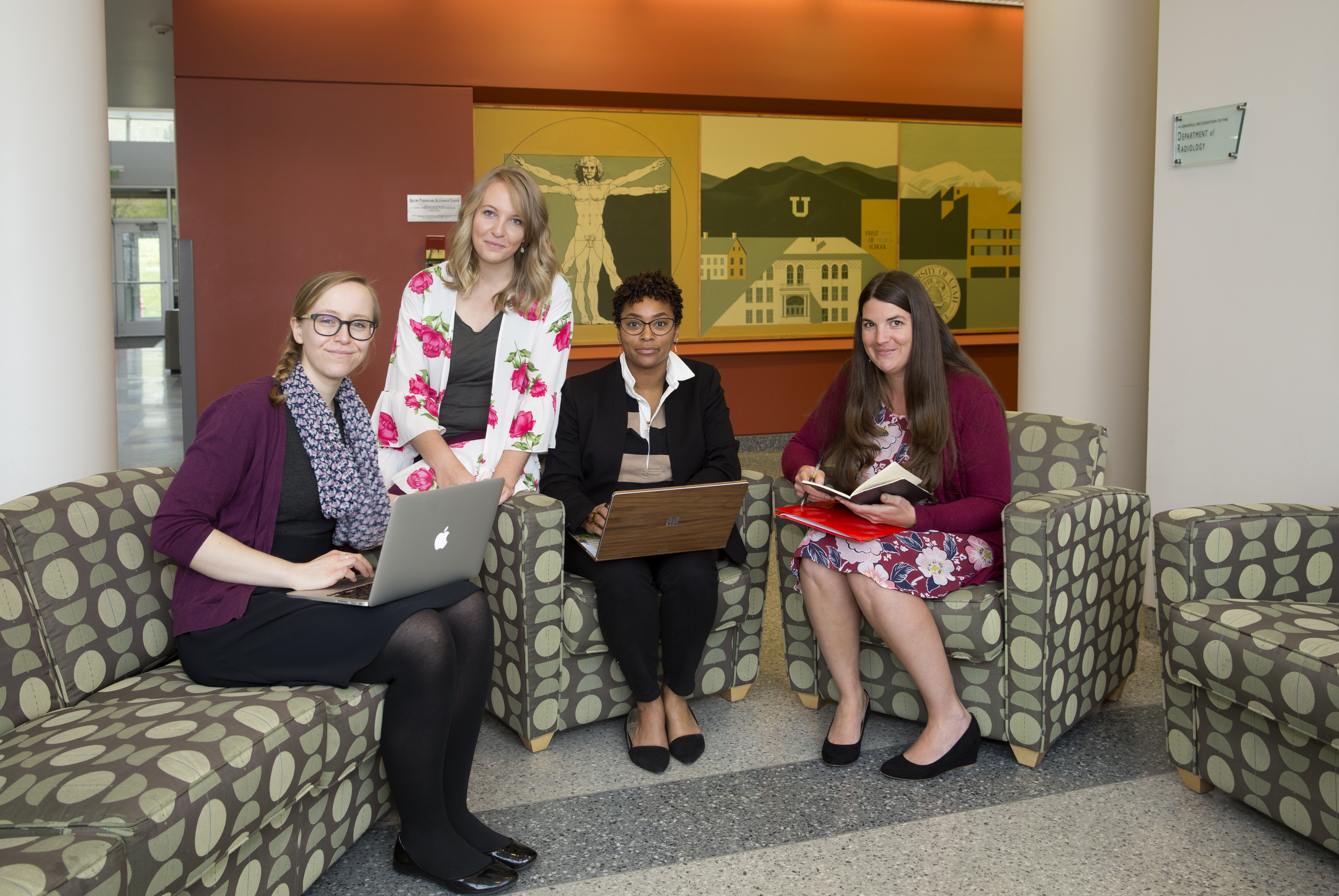The nebulizer was so close, but maddeningly out of reach—locked in his ex’s garage. And the man’s uncontrolled asthma was undermining every other facet of his life.
For another formerly homeless client of the University of Utah’s student “hotspotting” teams, back pain was debilitating. Turns out, he needed a new mattress.
Still another patient routinely visited University of Utah Health’s hospital for dialysis treatments but had no primary care provider to connect the other facets of his declining health—nutrition, lab tests and immunizations.
A refugee family just needed an interpreter to help them outside of their healthcare appointments.
Sometimes, the simplest healthcare interventions have less to do with blood draws and clinic visits and more to do with street smarts and practical solutions—figuring out how to ride the bus to the doctor’s office, finding fresh vegetables at the neighborhood grocery, applying for a job. For eight interdisciplinary teams of university students dispatched this year to work with four residents of the Salt Lake County Housing Authority’s Grace Mary Manor and four other at-risk patients and their families, getting out of their healthcare training to really hone in on what their client needed was the whole point.
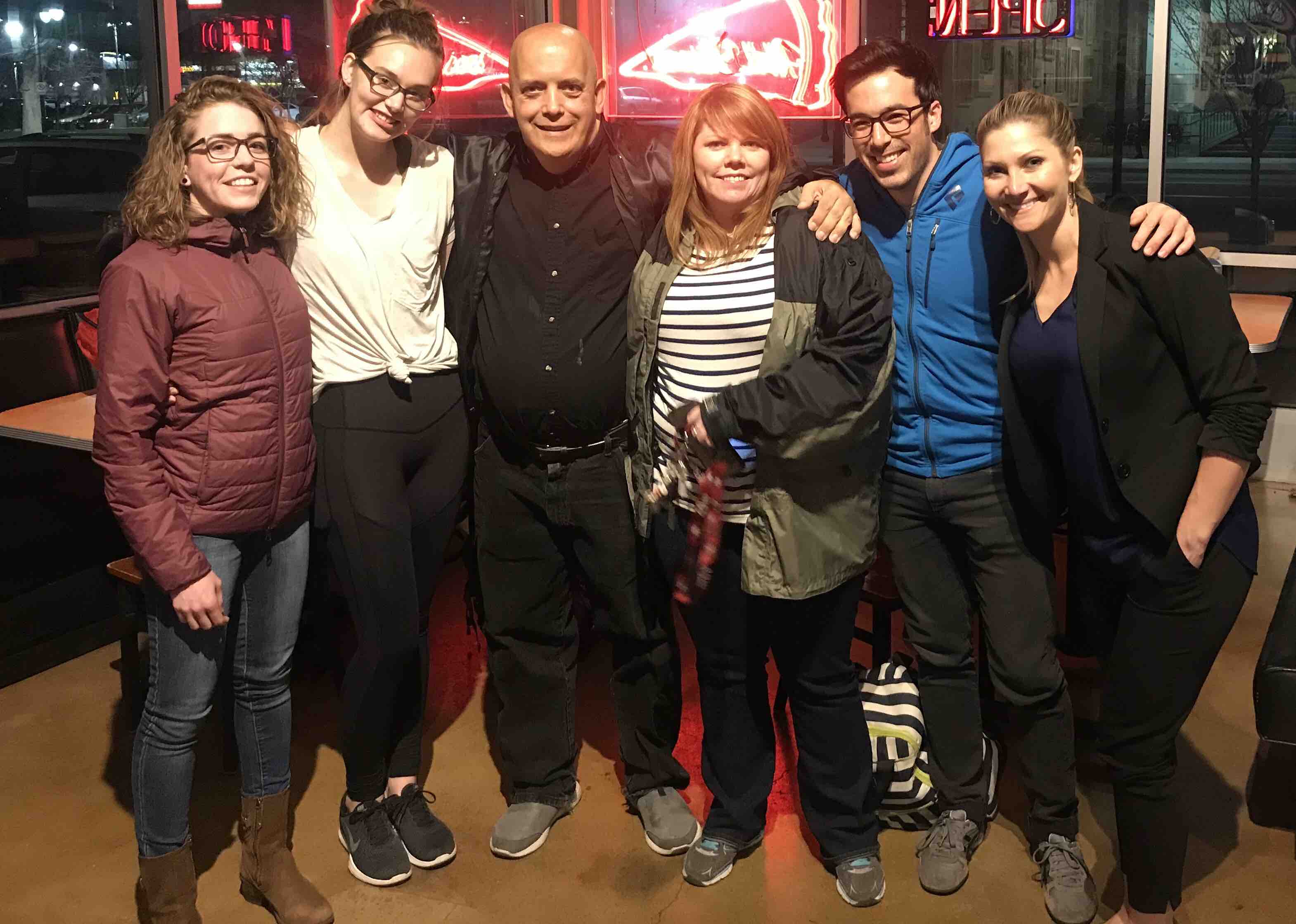 “It’s very easy for me to say, ‘Cut all sugar out of your diet and eat fresh vegetables’,” says Hailey McLean, an Honor’s College student graduating with a degree in Health, Society and Policy. “But if you’re living off your Social Security check and spend half an hour on the bus to get everywhere, you’re going to make different decisions. It’s really hard to shop for vegetables.”
“It’s very easy for me to say, ‘Cut all sugar out of your diet and eat fresh vegetables’,” says Hailey McLean, an Honor’s College student graduating with a degree in Health, Society and Policy. “But if you’re living off your Social Security check and spend half an hour on the bus to get everywhere, you’re going to make different decisions. It’s really hard to shop for vegetables.”
Tackling the social determinants of health—the often unspoken personal characteristics and behaviors that have more to do with a patient’s health than their genetics or the time they spend at appointments—is fundamental to the hotspotting process. The Kaiser Family Foundation estimates that just 10 percent of patients’ health and well-being are determined by their interactions with healthcare providers. Hotspotting is designed to provide both a more intensive, hands-on healthcare experience for the patients, and a unique learning opportunity for the students on the team.
“You have to shed some of your layers of training to have a conversation with a patient that’s nonmedical. It’s really counterintuitive,” says Tim Farrell, MD, AGSF, a geriatrician, associate professor at the University of Utah School of Medicine and director of the University of Utah Health Interprofessional Education program, which administers the student hotspotting project. “Ninety percent of health is determined by nonmedical factors. We do our students a disservice if their entire healthcare training only focuses on the other 10 percent.”
A team of university faculty including Farrell; Susan Hall, DNP, RN, an assistant professor at the College of Nursing; Sara Hart, PhD, RN, an associate professor at the College of Nursing; Marilyn Luptak, PhD, MSW, an associate professor at the College of Social Work; and Kyle Turner, PharmD, an assistant professor at the College of Pharmacy; worked together to design the hotspotting project and provide mentorship for the hotspotting teams. They applied for grants, pulled in stakeholders from the university’s main campus and health sciences colleges and schools and then assembled the interprofessional student teams. One pilot team—including one student each from the School of Medicine, College of Nursing, College of Pharmacy, the College of Social Work and two PhD candidates in public health—was dispatched in 2016 to test the model with one resident of Grace Mary Manor, a subsidized housing complex that is home to 84 formerly homeless adults insured through a limited Medicaid expansion. This year, the pilot project initially funded by the Camden Coalition of Healthcare Providers merged with Hart’s interprofessional education project, which is funded by the Robert Wood Johnson Foundation, Gordon and Betty Moore Foundation, John A. Hartford Foundation, and Josiah Macy Jr.Foundation.
In many ways, the experience was equal parts care management and social work, says Hart, an associate professor at the College of Nursing.
“The students are not bringing their clinical skills into this experiential learning,” she adds. “They are going into patients’ homes. They’re going with them to their medical appointments. They’re going with them to meet their social worker. They are showing up to better understand what the real world is for the patients they will probably care for in a real world setting. When you accompany people through their real experiences, you better understand what leads to those experiences and what drives their health outcomes.”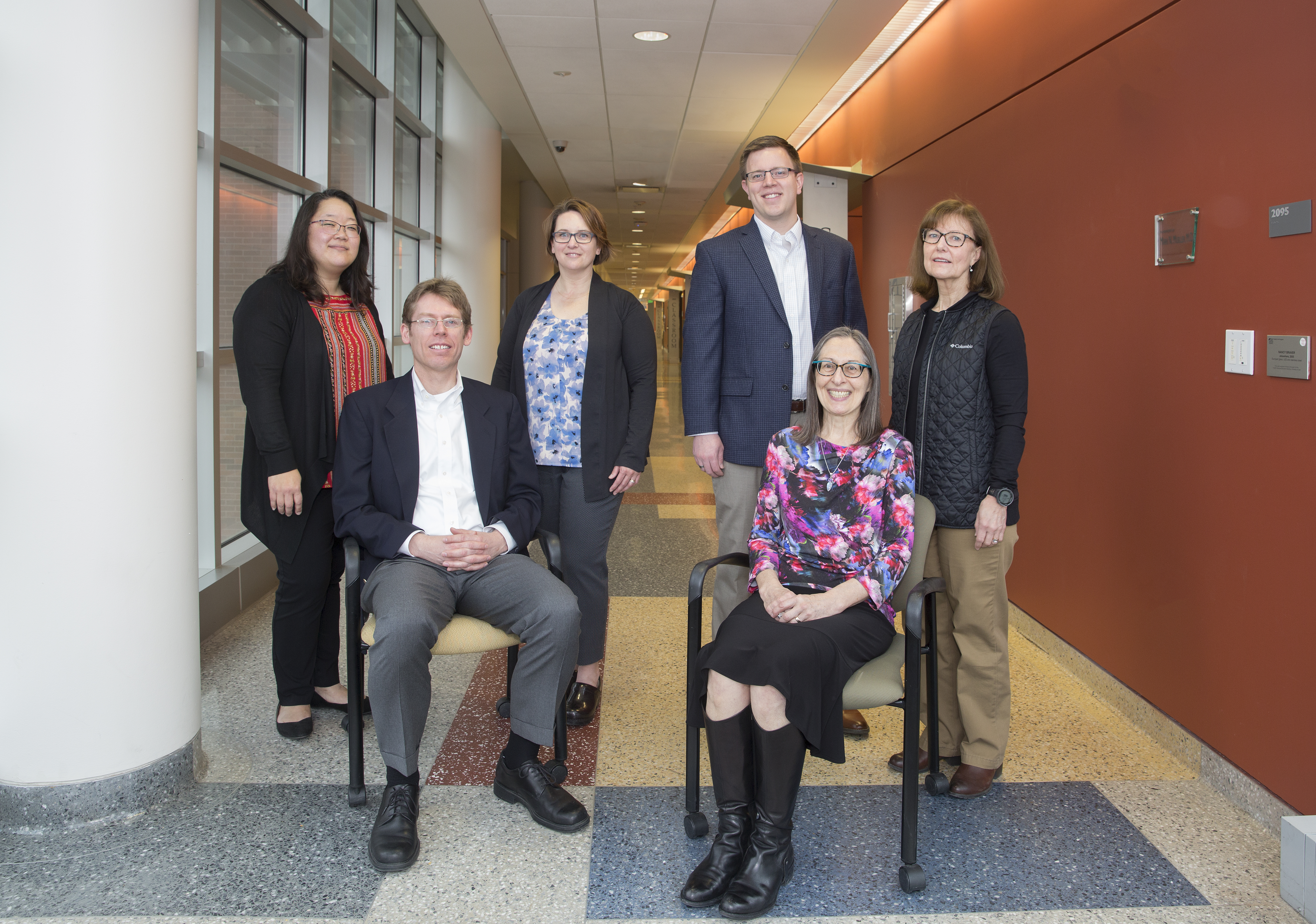
When the pilot project was complete, the faculty team expanded the scope—applying to be one of Camden’s four hotspotting hubs for two years, from 2017 to 2019. (Camden has since transitioned the hotspotting hubs under the oversight of a new National Center for Complex Health and Social Needs.) The first full year of student hotspotting wrapped up in the spring of 2018 with site visits from the National Center for Complex Health and Social Needs, affiliated with Camden Coalition, and the National Center for Interprofessional Practice and Education. Other hotspotting hubs include Thomas Jefferson University in Philadelphia, Pennsylvania; Southern Illinois University in Springfield, Illinois; and Samuel Merritt University in Oakland, California.
The Camden Coalition has documented the efficacy of hotspotting, says Gladys Antelo, the national center’s hotspotting program manager. Now, it’s just a matter of scaling up to spread the student team-building experience nationwide.
“When providers are working with complex patients, there isn’t a book. There’s no blueprint,” Antelo says. “But we do know it takes a team. And if we can get to students earlier on, when they’re learning, we can have so much more impact.”
At the University of Utah, eight teams of four or five advanced students from different colleges—Medicine, Nursing, Pharmacy, Social Work and Health—met with their patients once a week. Four of the teams working at Grace Mary Manor were required to have both a graduate nursing student and a student from social Work. Individual students were expected to dedicate about two hours a week. Students have used credits from the hotspotting project to fulfill practicum requirements.
“It’s very easy for me to say, ‘Cut all sugar out of your diet and eat fresh vegetables’,” says Hailey McLean, an Honor’s College student graduating with a degree in Health, Society and Policy. “But if you’re living off your Social Security check and spend half an hour on the bus to get everywhere, you’re going to make different decisions. It’s really hard to shop for vegetables.”
Turner, a pharmacist, says the student teams follow a pattern of expanding non-drug-dispensing roles for pharmacists in both hospitals and community settings. For many students, that took some getting used to.
“At first, the students jump to their safest point, the thing that’s most familiar—traditional healthcare needs,” Turner says. “But over the course of getting to know their patients, they start to see the need to take care of other things. It stretches them out of their comfort zones and into an interprofessional role.
“The more we can teach our students that they are a member of a team and how to figure out where their scope begins and ends, the better off we’ll be,” he adds.
For the students, the experience required working together to juggle busy class and clinical training schedules, manage logistics and get their patients’ needs met—all while navigating scope of practice issues that can stymie professional providers.
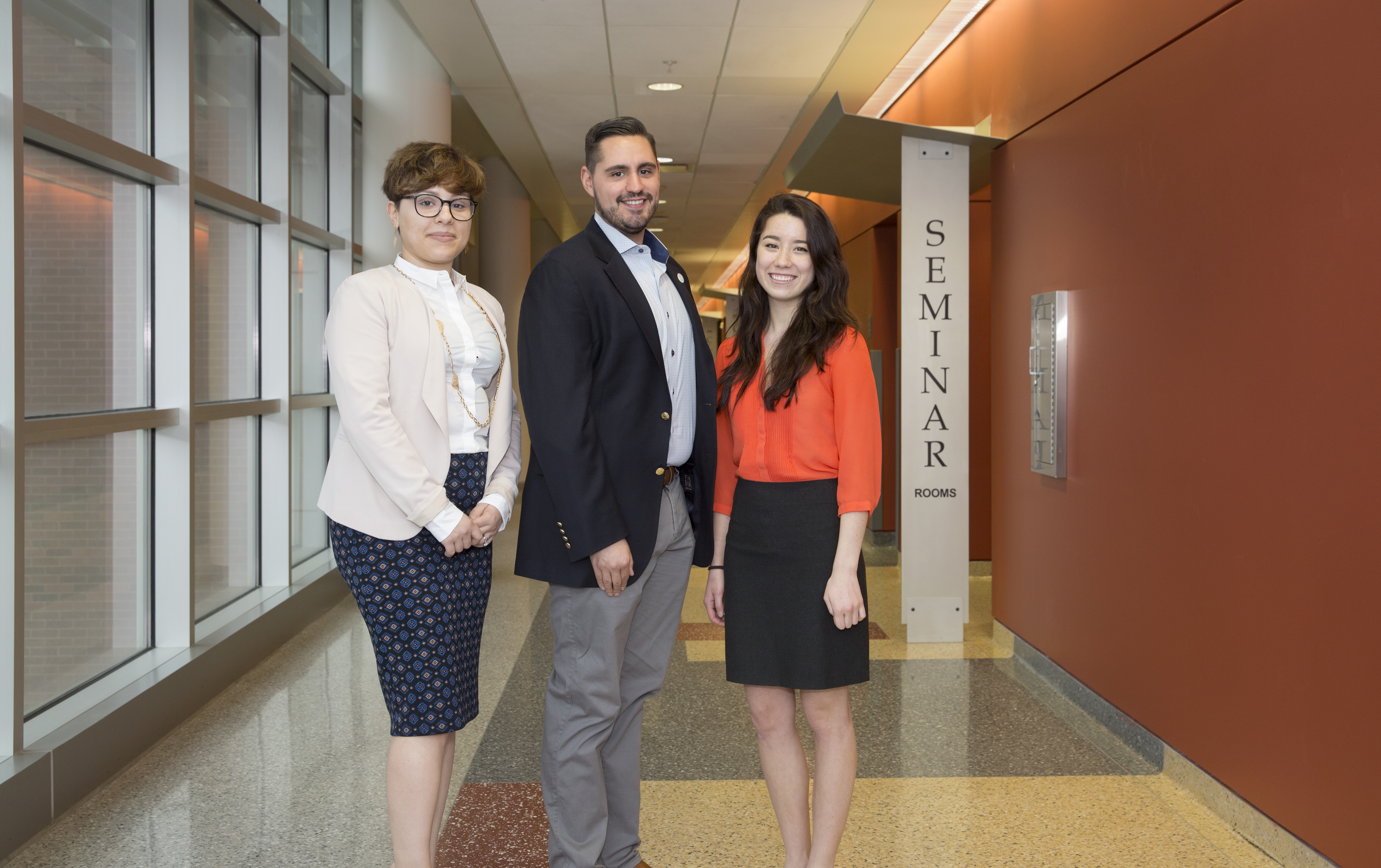 “You get to address a lot more components of their care when you’re not associated with their doctor,” says McLean, who plans to start medical school in the fall. “I want to go into a practice or a clinic where team-based care is a priority.”
“You get to address a lot more components of their care when you’re not associated with their doctor,” says McLean, who plans to start medical school in the fall. “I want to go into a practice or a clinic where team-based care is a priority.”
For now, the students are worried about the patients they’re now separating from. “The students are really grieving having to say goodbye,” says Susan Hall, DNP, RN, assistant professor at the College of Nursing.
And their patients are hoping to connect with another hotspotting team, says Kay Luther, lead case manager at Grace Mary Manor. “The homeless population doesn’t often access healthcare, or if they do, they do it through one-off, emergency visits. They’re kind of neglected,” Luther says. “Hotspotting has turned out to be this really helpful, targeted thing that has helped our clients. Every single one of our clients could benefit from this.”
The hotspotting program will pick up again in the fall with eight more teams. For the team of faculty managing the project, the question now is: Where to go from here?
“It’s a labor of love for all of us—having students in the real world. It provides better care and understanding for the patient,” says Luptak. “But it is labor-intensive and expensive at this level of development. You can’t possible put every student through this kind of experience—yet. We don’t have this all figured out. But that certainly is the goal.”
Ana Maria Lopez, MD, Associate Vice President for Health Equity and Inclusion at the University of Utah Health Sciences Center, is enthusiastic about the program. In many ways, Lopez says, it flips the way healthcare providers are educated.
“Often how we’re trained is that a medical student has to be taught be a physician and nurse has to be taught by a nurse,” she adds. “As a med student, you could learn from a social worker. You could learn from a community health worker. That is such a rich experience.”
For the grantors, the initiative is aimed at changing patient care. And the only way to accomplish that in a meaningful way is to transform the way students are educated, says Carla Dieter, EdD, RN, project coordinator with the National Center for Interprofessional Practice and Education. “Are you changing the culture? Is practice changing? Is it being ingrained in what you do?” Dieter asks.
“It needs to be part of the curriculum. Everyone needs to be able to say, ‘We don’t educate our students any other way. It’s not voluntary,” she adds. “I don’t think anyone’s there yet. That’s why we’re pushing people.”
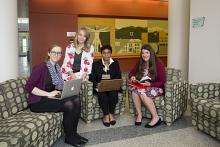
Sometimes, the simplest healthcare interventions have less to do with blood draws and clinic visits and more to do with street smarts and practical solutions. Eight interdisciplinary teams of university students were dispatched this year to work with four residents of the Salt Lake County Housing Authority’s Grace Mary Manor and four other at-risk patients and their families, getting out of their healthcare training to really hone in on what their client needed.
